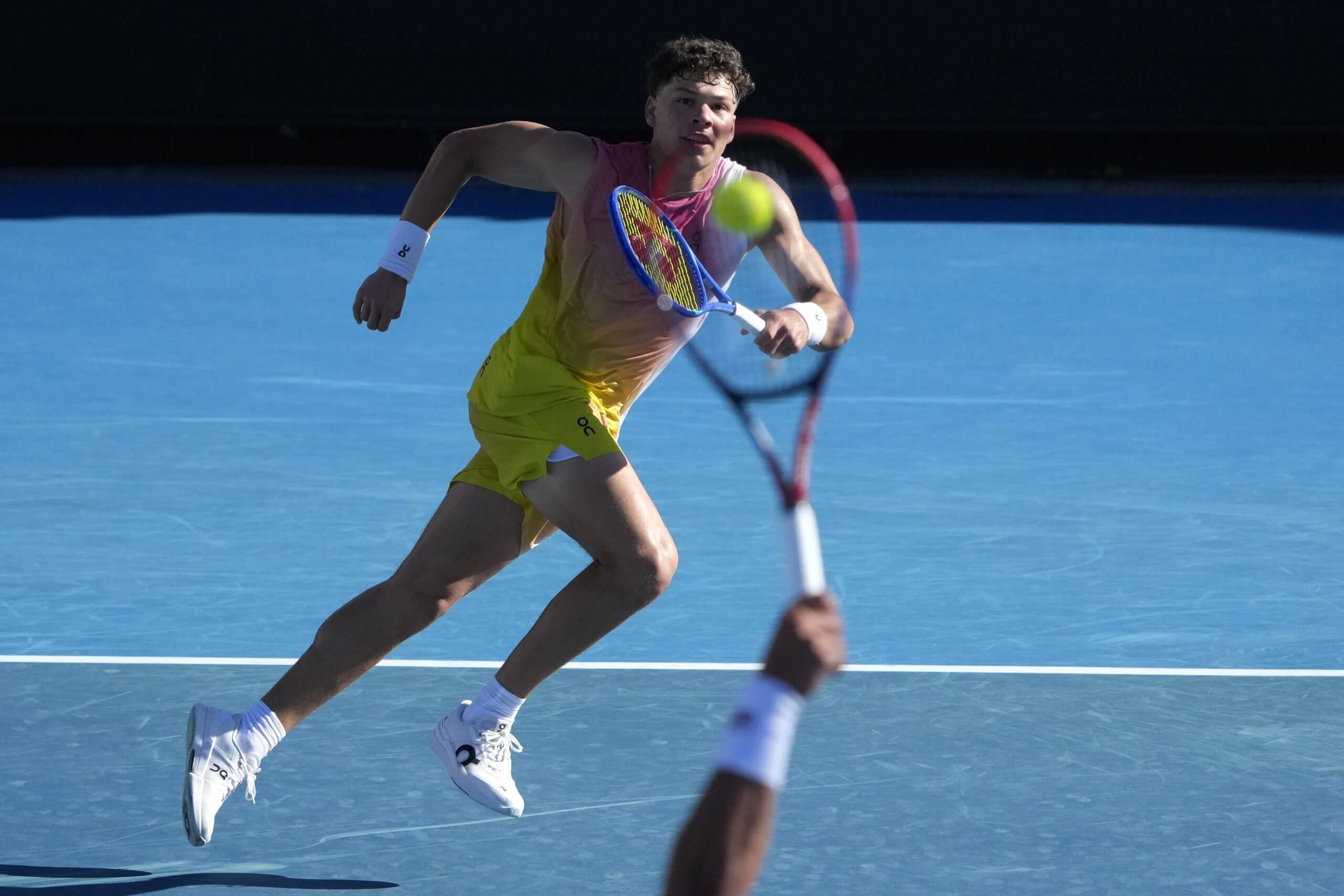Okay, so check it, I was messing around with some data the other day, trying to get a better handle on tennis stats. You know, just a side project to keep my skills sharp. I decided to focus on Ben Shelton’s performance at the Australian Open. Here’s the whole shebang…

First things first, grabbing the data. I started by scouring the web for publicly available match data. Found a few decent sources, mostly tennis stats sites and some ATP tour archives. The key was to find something with detailed match stats – aces, double faults, first serve percentage, winners, unforced errors, all that jazz.
I ended up pulling data from multiple sources and kinda piecing it together. This was a real pain, I tell ya! Different sites had different formats, some were missing key stats, and the naming conventions were all over the place. But hey, gotta do what you gotta do.
Next up: cleaning and structuring the mess. This took forever! Seriously, data cleaning is like 80% of any project. I used Python with Pandas to wrangle the data into shape. Had to deal with missing values (lots of them), inconsistent date formats, and all sorts of encoding issues. I remember spending a good chunk of time just figuring out why some of the player names were showing up as gibberish. Turns out it was some weird Unicode thing. Who knew?
- I renamed columns to something sensible.
- Converted data types where needed (e.g., turning serve speeds into numbers).
- Created new features based on existing ones (like calculating total points won).
Then came the fun part: analysis. Once the data was clean, I started poking around to see what I could find. I was specifically interested in Shelton’s serving stats, his performance under pressure (like break points saved), and how he matched up against different opponents.
I used more Pandas to group and aggregate the data. Figured out his average first serve percentage, his ace rate, and his double fault rate for each match. I also looked at his win/loss record against different seeded players.
Visualizing the findings. Numbers are cool, but pictures are even cooler! I used Matplotlib and Seaborn to create some charts and graphs. I made a few scatter plots showing his ace rate vs. his opponent’s ranking. Created some bar charts comparing his serving stats across different rounds of the tournament.
The main takeaway? Shelton’s got a killer serve, no doubt. But his consistency can be a bit shaky. He tends to rack up a lot of double faults, especially when he’s feeling the pressure. And while he can definitely hang with the big boys, he needs to improve his return game if he wants to go deep in slams consistently.
It was a pretty fun little project. I learned a lot about data manipulation and visualization, and I got a deeper appreciation for just how much goes into analyzing tennis performance. Might try another grand slam next time… maybe Wimbledon!












